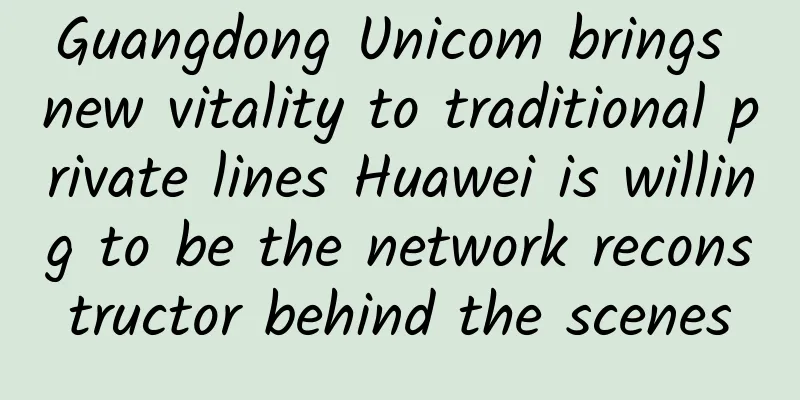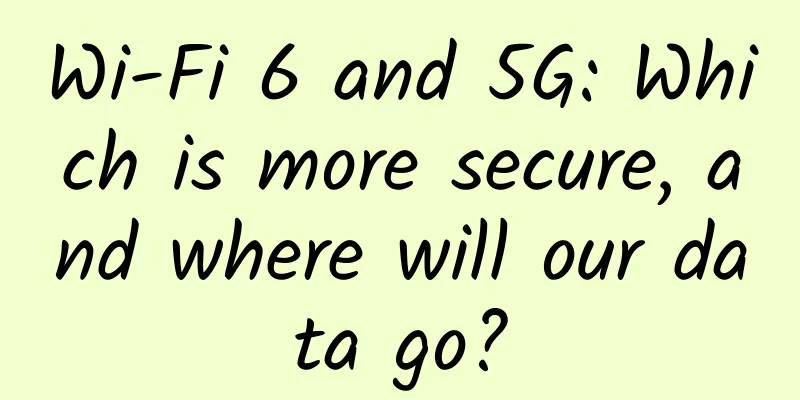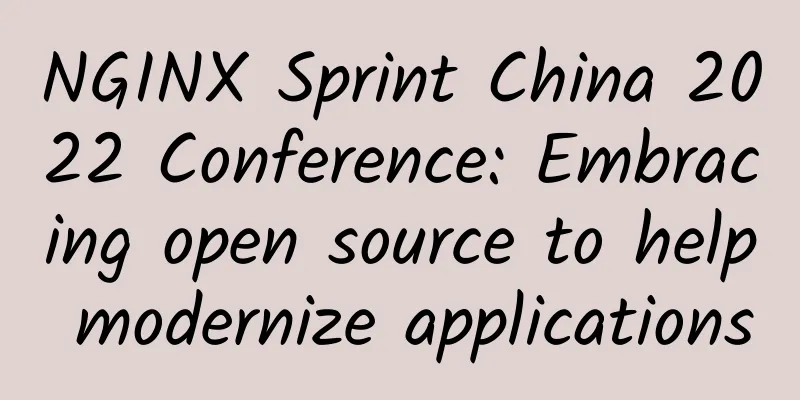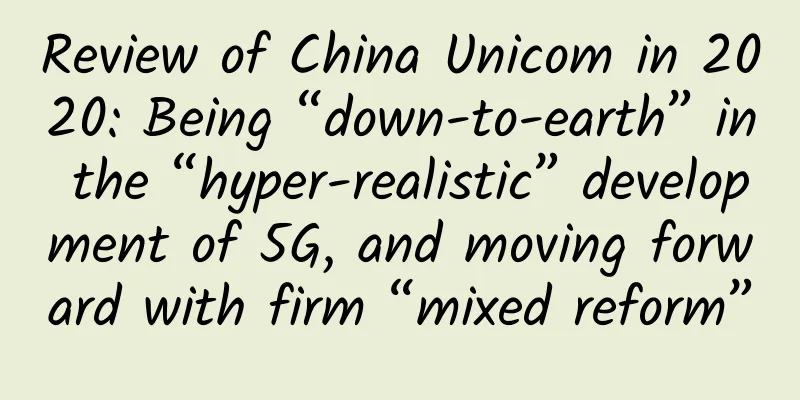Is the enterprise SMS boom coming? The three major operators have started large-scale deployment of 5G messaging
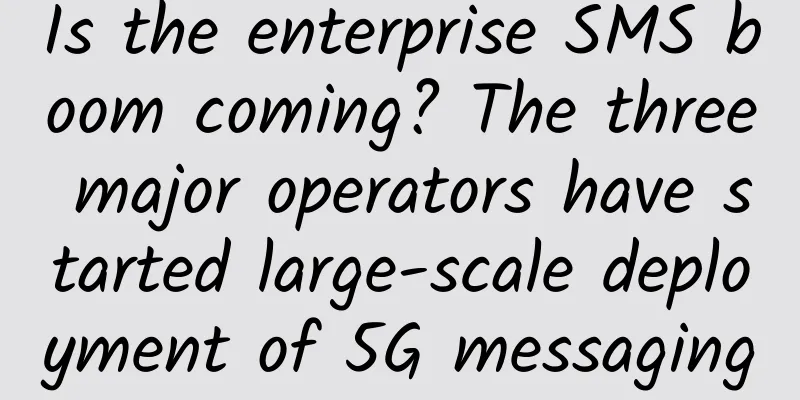
|
The first practical application of the 5G era may not be far away.
On December 17, China Mobile, China Unicom and China Telecom have all started large-scale deployment of 5G messaging. It is revealed that China Mobile is currently building at a faster speed, and the network-side functions are basically ready for commercial use; China Telecom and China Unicom are lagging behind, but with the help of Huawei, ZTE and other companies, they will soon be ready for commercial use. In terms of terminal equipment, some models of Huawei, ZTE, Xiaomi, Honor, OPPO, vivo and other brands currently support 5G messaging. In terms of application development companies, Fu Guoqiang, a senior engineer at the China Academy of Information and Communications Technology, said that SDK manufacturers and SP companies have already started to develop applications. "5G messaging may become an important application scenario for 5G since its commercialization," said Pan Helin, executive dean and professor of the Digital Economy Research Institute of Zhongnan University of Economics and Law, in an interview with a reporter from 21st Century Business Herald. "From the characteristics of 5G messaging, it has good development prospects." The first 5G application On April 8 this year, the three major operators jointly released the "5G Message White Paper" (hereinafter referred to as the "White Paper"), which put forward the concept of "5G Message" for the first time and will jointly build a 5G message system. The so-called 5G message (RCS) is simply understood as the "text message" in the 5G era. It is an upgraded mobile phone text message service based on converged communication technology. Compared with traditional text messages that can only display information through text or simple picture MMS, users only need to use their real mobile phone number as a login account to use traffic to send rich media messages such as pictures, audio, video, and positioning on the text message interface. The 5G message system architecture includes terminals, 5G message center, MaaP platform, billing and settlement, message supervision and network intercommunication, etc. Among them, the terminal accesses the 5G message center through 3G/4G/5G network or WLAN. The 5G message center has the functions of 5G message management, distribution, routing, etc. It is a service provided by industry customers to end users in the form of dialogue. The MaaP platform is carried on the 5G message center, which can upgrade SMS to RCS messages and integrate RCS's advanced messaging functions and standard interfaces into Chatbots and plug-ins. In a non-application mode, users can complete interactive experiences such as search, sharing, chatting, and payment in the message window, realizing messaging as a service. Since the white paper first mentioned "5G messaging", its development has clearly begun to accelerate. In August, China Mobile launched the centralized procurement of 5G messaging system equipment, using virtualization to centrally build 5G messaging centers and MaaP platform equipment, with a maximum bid limit of 405 million yuan. Prior to this, China Mobile had launched the MAAP platform in 9 provinces and Chatbot in 15 provinces. On November 19, at the China Mobile Global Partner Conference, ZTE demonstrated the world's first 5G messaging platform jointly built with China Mobile; on December 2, ZTE released the "5G Message Technology White Paper", which comprehensively elaborated ZTE's 5G messaging solution; on December 9, DreamNet Group released the 5G strategic product "Tianhui 5G Message Platform". Pan Helin believes that 5G messaging has a good application prospect, and its SMS-based upgrade format is also conducive to user acceptance. "The authentication format based on mobile phone numbers is safer than other social software, and the overall application conversion cost is not high. Users do not need to install the APP and can enter through SMS. It helps users gradually adapt to 5G messaging from traditional SMS, and accordingly lowers the threshold for 5G messaging to enter the social market." "As 5G messaging stimulates the demand for new entrances to SMS traffic, the continuously improved ecological construction is expected to attract more B-end users and expand the demand of unit users." Dongxing Securities Research Team pointed out, "Looking forward to the next 10 years, the estimated scale of the 5G messaging market is about 100 billion, which is about 2.6 times the current size of operators' SMS business. It has broad market development space and will benefit multiple participants such as operators, industry users and terminal manufacturers. Difficult to shake the WeChat ecosystem WeChat is the largest instant messaging social application in China. Will the arrival of 5G messaging shake WeChat's position? According to the white paper, 5G message-related services are divided into two categories: one is the interactive messages between individual users, and the other is the interactive messages between industry customers and individual users. Among them, the interactive messages between individual users are strong relationship social networking represented by WeChat. Pan Helin believes that the birth of 5G messages is still difficult to leverage WeChat's appeal to users at this stage. "On the one hand, 5G terminals are not yet popularized, and users' current experience of 5G is still limited to faster network speeds, and the application of 5G needs to be improved; on the other hand, 5G messages are popularized, and users' dependence on WeChat formed over the years is difficult to change in a short period of time," Pan Helin analyzed. "In addition, the application of 5G messages is not a simple personal conversion, it involves the conversion of the entire user group. Therefore, in terms of social ecology, WeChat will maintain its current market position for a long time, and 5G messages will not change much in personal to personal information, or even simple business to personal messages." Therefore, from the current industry perspective, the bigger and easier-to-implement outlet for 5G messaging is enterprise text messaging. "For the three major operators, on the one hand, they need to serve the general public, and on the other hand, a large part of their business comes from corporate users. Corporate users have commercial needs for targeted push notifications, which is of great help to operators in providing value-added services." Sun Yanbiao, director of the First Mobile World Research Institute, pointed out to the 21st Century Business Herald reporter. In fact, although current social apps meet users' needs for strong-relationship social interaction, commercial text messages and weak-relationship social interaction are still not fully met. In contrast, 5G messages have the advantages of high capacity, multiple forms, strong interactivity, and no need to download apps, and are expected to become a new entry point for B-end customers to reach C-end customers. However, 5G messaging is still in its infancy. Pan Helin believes that in the development of 5G messaging, whether it is upstream infrastructure providers, midstream service providers and solution providers, or downstream enterprises and individual users, it is very important to build a full-chain ecosystem. "First, we need to make steady progress in infrastructure, including communication infrastructure and terminal equipment. Secondly, we need to establish a platform that can effectively aggregate enterprises and individuals to facilitate the participation of all parties in collaborative cooperation," Pan Helin emphasized. "Finally, we need a benefit-sharing mechanism. The traffic end is mainly controlled by the three major operators. How to balance the development interests is the key to enhancing the enthusiasm of all parties and building an ecosystem." |
<<: 5G is in the ascendant, and 6G is coming. Learn about the latest developments and trends
Recommend
Three major 5G concepts and four key technologies
The situation is tense and there is little conten...
DeployNode: $3.49/month KVM-1GB/15G NVMe/2TB/Los Angeles & New York
DeployNode is a foreign hosting company founded i...
Next-generation network management is difficult without AIOps
AI for operations, or AIOps platforms, is the in...
Cisco Unleashes Unlimited Opportunities with Industry’s First Open, Intent-Based Networking Platform
The three major technological changes of the Inte...
What are the obstacles to number portability?
On November 27, the number portability service wa...
Is your cloud still manual? Five indispensable tools for cloud computing and infrastructure automation
No tool is omnipotent, but we can still find exce...
Wi-Fi 7 is on the way, how powerful is it?
In 2019, Samsung and Apple were the first to intr...
Five hybrid video conferencing tips for effective collaboration
[[417444]] When Pixoul, a Dallas-based web design...
Harbin Railway has installed wireless WIFI network on more than 1,000 trains
Wireless WiFi networks have been installed on 19 ...
The Ministry of Industry and Information Technology and the National Development and Reform Commission released seven 5G innovation and application promotion projects
[[319142]] Recently, in order to accelerate the i...
Blockchain can change the world, but the only way to ensure its success is security
We are on the cusp of the blockchain era. Blockch...
Edge computing is the key to unlocking 5G’s true potential
[[434589]] The hype for 5G has been an increasing...
Analysis of Python's new string format vulnerability
Preface This article conducts an in-depth analysi...
FONE Consolidation: Reshaping the productivity of consolidated financial statements under the trend of business and financial integration
For large group companies, the preparation of con...
[Sharing] Project Practice of Network Automation: Scenarios, Tools and Solutions
[51CTO.com original article] Network automation i...

![[Black Friday] Tudcloud: Hong Kong VPS annual payment up to 40% off, recharge 30%](/upload/images/67cac01d70dec.webp)
![[Black Friday] AlphaVPS: AMD Ryzen KVM/Large Hard Drive KVM, starting at 15 Euros per year, Los Angeles/Bulgaria Data Center](/upload/images/67cac47293fd2.webp)

